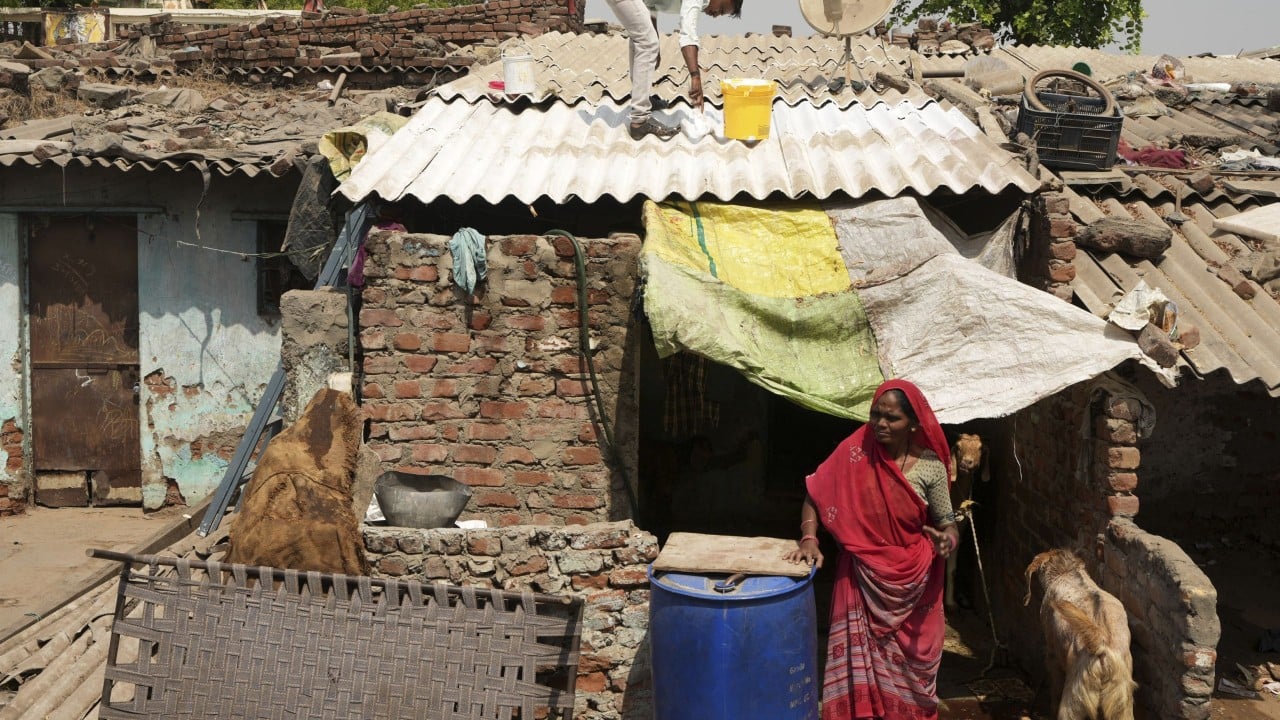Published: 9:32am, 3 May 2025Updated: 9:41am, 3 May 2025
It is a little past 10am and the heat is already blazing on the outskirts of the Western Indian city of Ahmedabad.
Advertisement
Sapnaben Chunara, a 30-year-old mother of three, has just finished her morning chores. She seeks respite from the heat in the shade of a neem tree, a species that can withstand high temperatures and drought.
Chunara spends most of the day outdoors in Vanzara Vas, a low-income neighbourhood of about 800 families, because her tin-roofed house is even hotter. Indoor temperatures can be even higher, especially when outside they climb above 40 degrees Celsius (104 degrees Fahrenheit).
That was once rare but now happens regularly. And this year, high heat started three weeks earlier than in previous years, touching 43 degrees in early April.
“Sometimes it gets so hot, I can’t think straight,” said Chunara, sporting a black smartwatch that contrasts sharply with her colourful bangles and sari.

Chunara is one of 204 residents of Vanzara Vas given the smartwatches for a year-long study to find out how heat affects vulnerable communities around the world.

